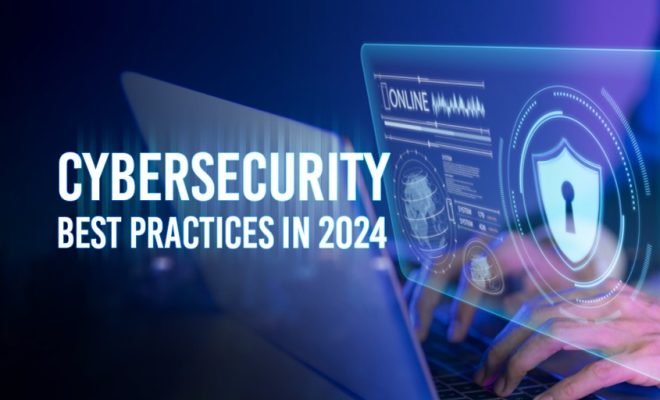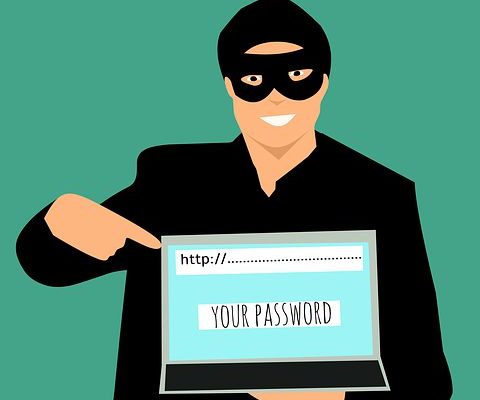Make the Case for Better Cybersecurity Spending in Higher Education

Cybersecurity has long been a threat in higher education, especially since they have taken higher education online. And cyberattacks seem to be gaining momentum as the years go by. Unfortunately, there continues to be a lack of funding, resources, and staffing to combat these cyberattacks. It’s time that someone stands up to make a case for better cybersecurity spending in higher education.
Cyberattacks Examples
There are so many examples of recent cyberattacks. There was a malware attack on a northern Minnesota School District, causing it to shut down so that the IT professionals could rebuild the system. Another University in Calgary suffered severe financial damage when they were forced to hand over $20,000 to cybercriminals due to a ransom attack!
How Is Higher Education Targeted?
The top three ways that education networks are breached were named in JISC’s 2018 Cybersecurity Posture Survey. These three ways were:
1. Ransomware/Malware – Malware and ransomware attacks prevent users from accessing their files or network, causing disruption. Some threats can actually hold files ransom until a price is paid.
2. Phishing – The top threat facing higher education, phishing scams come in the form of an instant message or email. They’re designed to look like a trusted source asking for credentials, whether that’s confidential research or sensitive student data.
3. Lack of Awareness or Accidents – This could be on the part of the staff or students. Insufficient training in good cyber hygiene practices or accidental compromise of the network are both problem areas.
Although they each take on a different appearance, human error plays a vital piece in each of these three cybersecurity threats. The first step to understanding how to fix this is to understand why it happens in the first place. Then, we’ll discuss how to protect your school against cybercrime.
Why Is Higher Education a Cybercrime Target?
There are four reasons that Education is a cybercrime target.
1. Data Theft – Universities and colleges hold staff and student data, which can be valuable for several reasons. Cybercriminals can sell this information to third parties or use it to extort money.
This type of attack can go unnoticed for a length of time. This happened to Berkeley University. One hundred sixty thousand medical records were stolen from their computers over several months.
2. Espionage – Universities and colleges typically hold valuable intellectual property. They’re often research centers. They must be protected. Engineering, scientific, and medical research has been compromised by hackers time and again.
3. Distributed Denial of Service (DDoS) Attacks – DDoS attacks are pretty common. The cybercriminal’s motive is merely to cause widespread chaos, negatively affecting productivity. This is a simple attack to pull off and can be done by anyone, even the students or teacher wanting to protest the policy for handling a complaint.
4. Financial Gain – Universities and colleges are a high target for hackers with this motive due to the large number of student fees they collect. Students typically pay their fees online. This is an easy place for cybercriminals to pinpoint and intercept.
Tips for Securing Your IT Network
The education sector must focus their efforts on lowering the risk of a cyberattack taking place before it happens rather than being reactive after it happens. Here are two things universities and colleges can do to secure their education IT network:
1. Training – Because so much of cybersecurity falls upon human error, training is one way to mitigate the effects of a lack of resources and funding. Training can be as simple as handing out a handbook to the staff and students about what to watch out for and tips on how to practice good cybersecurity hygiene. Putting the proper information into people’s hands can fend off many problems caused by human error.
2. Authentication – Lastly, I suggest implementing a multi-factor authentication (MFA) tool. Having users take this one little extra security step will help prevent hackers from making unauthorized access.
These tips will help until you can get more spending approved for better cybersecurity. But, until then, keep making a better case for better cybersecurity spending in higher education. It’s needed!



